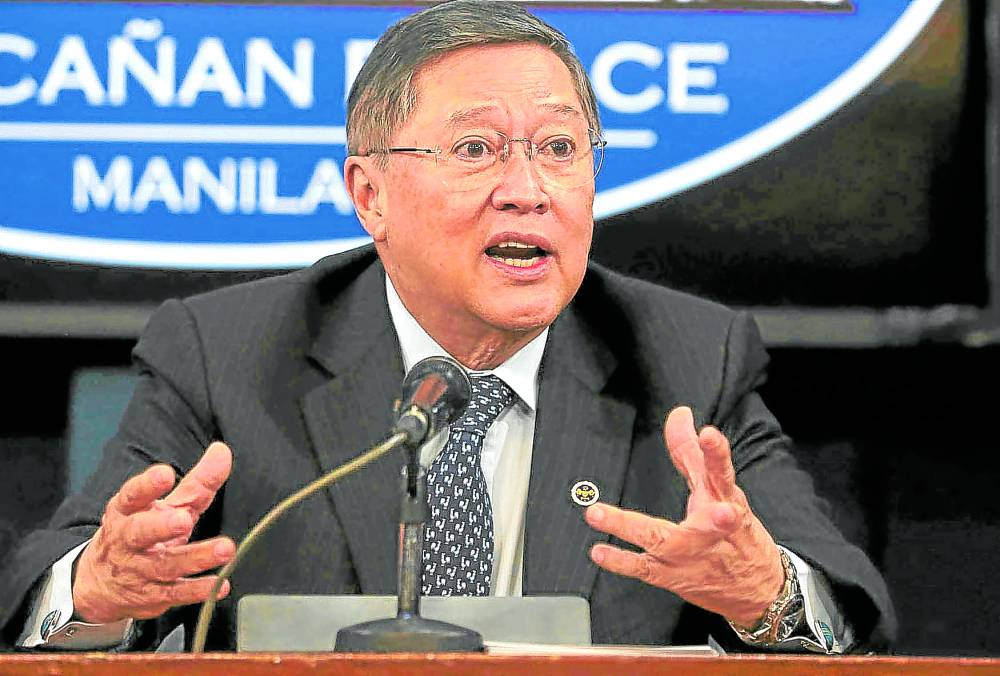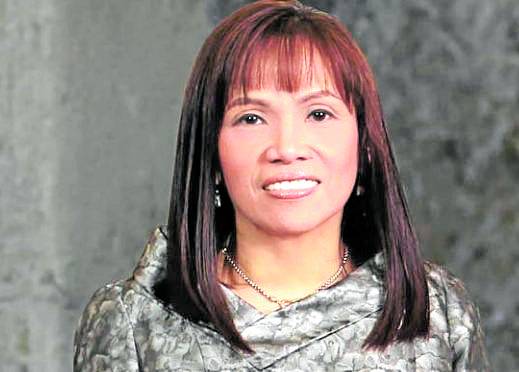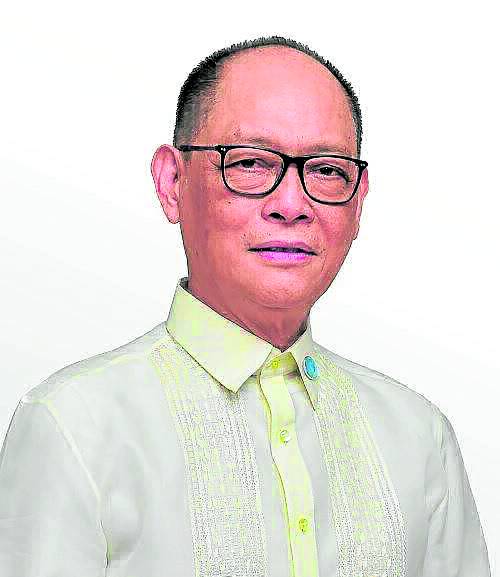Of debt and taxes
Despite having among the biggest jumps in public debt across emerging markets last year, the Philippines may find it hard to introduce new tax measures to jack up revenues and repay ballooning obligations in 2022, an election year.
In a Feb. 10 report, the Washington-based Institute of International Finance (IIF) said the Philippines, Ghana, Lebanon, Malaysia and Thailand posted the largest increases in government debt-to-gross domestic product (GDP) amid the prolonged COVID-19 pandemic.
“The median emerging market government debt level is now around 20-percent higher compared to 2019. Although this sharp rise in government borrowing has mitigated some of the worst impacts of the pandemic, emerging markets are continuing to see uneven economic recovery both across and within countries,” the IIF said.
In the Philippines, the national government’s annual debt-to-GDP ratio hit a 16-year high of 60.5 percent in 2021—the first time to return to the 60-percent level since 2005’s 65.7 percent—on the back of a flurry of borrowings during the past two years to beef up the war chest for COVID-19 response and recovery.
Debt accumulation
Among emerging markets like the Philippines, debt watchers pegged at 60 percent of GDP the threshold of outstanding obligations deemed manageable.
The Bureau of the Treasury reported earlier this month that the end-2021 debt stock settled at the targeted P11.73 trillion as the government slowed down its pace of borrowings before last year ended, in a bid to keep the debt-to-GDP ratio below 60 percent.
Article continues after this advertisementHowever, the 59.1-percent debt ratio goal for 2021 was missed as debt accumulation outpaced economic growth— the end-2021 pile increased 19.7 percent compared to end-2020, while nominal GDP last year grew by a slower (although better-than-expected) 5.6 percent.
Article continues after this advertisementBefore the COVID-19 pandemic happened, the Philippines’ debt ratio slid to a record-low 39.6 percent in 2019, but this was quickly reversed by the health and socioeconomic crises inflicted by the deadly coronavirus. The stringent lockdown measures needed to control the spread of the virus shed economic output and, in turn, government revenues.
Awash in cash
While the headline figure may be alarming, breaking down the Philippines’ outstanding debt showed heavy reliance on domestic and long-term borrowings to mitigate foreign exchange risks. After all, the financial system remained awash in cash, allowing local creditors like banks to snap up government securities.
Domestic debt accounted for 69.7 percent of total—the highest in history, per Treasury data —and had a share to GDP of 42.1 percent.
External debt, comprising 30.3 percent of total—the lowest in history—was equal to 18.4 percent of GDP in 2021. Treasury data showed that in the early 1990s, domestic and foreign debt had an almost equal 50-50 share, but the government across several administrations moved to source more borrowings locally alongside capital market development.Treasury data showed that of the end-2021 outstanding debt amount, 69.5 percent or P8.15 trillion was peso-denominated, while the balance of P3.58 trillion was in foreign currencies.
Debt securities — treasury bills and bonds issued by the government locally and offshore — comprised the bulk of outstanding obligations, amounting to P10.15 trillion. Outstanding loans extended by multilateral banks and bilateral development partners reached a much-smaller P1.57 trillion as of the end of last year.
By maturity, short-term debt (or those maturing in less than one year) amounted to P796.14 billion, or 6.8 percent of total. Medium-term obligations maturing in one to 10 years reached P3.12 trillion (26.6 percent of total). Long-term debt that will mature in over 10 years’ time accounted for the bulk of the outstanding amount, at P7.81 trillion or 66.6 percent of total.
But this also meant that it will take several generations to repay debts — for instance, the about $25.7 billion or over P1.3 trillion borrowed by the Philippines from foreign lenders for COVID-19 response as of mid-January 2022 needed to be repaid up to 2060, the Department of Finance’s (DOF) estimates had shown.
Retail treasury bonds
Finance Secretary Carlos Dominguez III last year said that among the challenges which the next administration needed to address was how to outgrow the debt that piled up amid the pandemic.
Just last Tuesday, the Treasury embarked on another borrowing by way of five-year retail treasury bonds (RTBs) — the Philippine government’s 27th overall and the Duterte administration’s 10th (and possibly its last before President Duterte steps down) RTB issuance.
RTBs were a debt instrument which the Treasury pitches as an investment as bond holders can earn interest — in the case of the newest RTB offering running until Feb. 28, the IOUs fetched a coupon rate of 4.875 percent per annum. National Treasurer Rosalia de Leon said the coupon pencilled in market concerns on the forthcoming US Federal Reserve rates liftoff plus emerging higher inflation risk globally.
De Leon said the Treasury was hopeful of “strong participation” among “investors” — local creditors — after an initial P120.8 billion was awarded during Tuesday’s rate-setting auction due to “strong interest” in RTBs.
Domestic sources
During the RTB launch, De Leon said that to date, RTBs accounted for over 30 percent of outstanding locally issued government securities, which as of end-January 2022 stood at P8.07 trillion, Treasury data this month showed. Last year alone, the Treasury raised P832.3 billion from its two RTB offerings, proceeds of which were injected into the national budget.
“For this year, the government’s borrowing strategy consists of raising P2.2 trillion, around 75 percent of which will be sourced from the domestic market. By maintaining a bias towards domestic sources of funding, we not only protect the government from foreign exchange risks, but more importantly, during this time we can take advantage of the BSP’s [Bangko Sentral ng Pilipinas] support to maintain an accommodative monetary stance,” De Leon said.
“In addition to financing the government’s recovery, resilience and emergency programs, the funds will also be used to continue the trajectory of the massive infrastructure push of our ‘Build, Build, Build’ program, aimed at maximizing economic efficiency, and contribute to achieve GDP growth of 7-9 percent” in 2022, De Leon added.
Budget documents had shown that outstanding debt will further climb to a record P13.42 trillion by end-2022, equivalent to 60.8 percent of GDP. The share of debt to the economy was expected to gradually ease to 60.7 percent next year, and 59.7 percent by 2024.
Slower growth
Last year, the IIF already warned that emerging markets like the Philippines which wanted to ease their debt burden alongside economic recovery may face slower growth moving forward as they cut back on public spending.
In its latest report titled “Grappling with a mountain of EM government debt,” the IIF said that “heightened social pressures and looming elections (including in Brazil, Colombia, Hungary, Kenya, and the Philippines) limit prospects for implementing revenue-increasing structural reforms” to repay debt and bring down budget deficit, which widened as governments spent more despite weaker revenues amid the prolonged pandemic.
The DOF was currently working on a “playbook” of strategies for fiscal consolidation — including possibly new or higher taxes — which the next administration may implement when it assumes office starting mid-2022, in order to sustain economic growth, generate more revenues, revert the budget deficit to pre-pandemic levels, and ease the debt burden.
Across emerging markets, the IIF said rising interest rates will burden governments, noting for instance that the Philippines’ US dollar borrowing costs rose by nearly 50 basis points (bps) since the third quarter of 2021. “Short-term US dollar borrowing costs have surged rapidly since October 2021, moving in tandem with expectations for the impending Fed rate hike tightening cycle,” the IIF said.
Borrowing costs
The IIF nonetheless expects the Philippines to take advantage of a “substantial” supply in euro denominated bonds and raise at least $2-billion worth this year. “However, an abrupt or steeper-than-expected increase in Fed policy rates could push up emerging market borrowing costs and might well reduce emerging market sovereign issuance plans in euro-bond markets.”
Besides the national government, local governments were also on a borrowing spree to finance their priority programs and projects. The latest data of the DOF’s Bureau of Local Government Finance (BLGF) on Tuesday showed that LGUs borrowed P2.2 billion in January mainly to fund infrastructure projects.
The BLGF last month issued 22 certificates of net debt service ceiling and borrowing capacity (CNDSCBCs) to four cities and 18 municipalities. CNDSCBCs were documents that LGUs must submit to government financial institutions (GFIs) to prove that they can repay debt. The 22 LGUs had a total borrowing capacity of P4.7 billion, exceeding their loan requirements, the BLGF said.
Local projects
Last year, LGU borrowings climbed to a record P96.7 billion, as many local projects were jump-started and fast-tracked a year before this year’s national elections and LGUs’ bigger budget allocations alongside larger, devolved functions.
The Washington-based World Bank, in its “World Development Report 2022: Finance for an Equitable Recovery” released also on Tuesday, said private debtors were also in danger — “loan defaults have been on the rise in India, Kenya, the Philippines, and a growing number of other middle-income countries.”
In the Philippines, the World Bank noted that the share of bad loans to the total portfolio or the non-performing loan (NPL) ratio had been projected by the BSP to double to 8.2 percent in 2022. In September of last year, BSP Governor Benjamin Diokno said: “We estimate that the NPL ratio is likely to pick at 8.2 percent in 2022, which is twice the current NPL ratio, but it will decline in the years thereafter.”
In a press briefing on Wednesday, Diokno said the Philippines’ monetary authorities had “prepared our banks and MSMEs [micro, small and medium enterprises]; we have helped them during this crisis, so I don’t see them under threat at the moment.”
“On the rising debt, I think we have managed our debt-raising program. Our debt-to-GDP ratio remains manageable; it’s long-term and most of it is based on fixed terms. So we don’t see any problem with the Philippines,” Diokno said.


